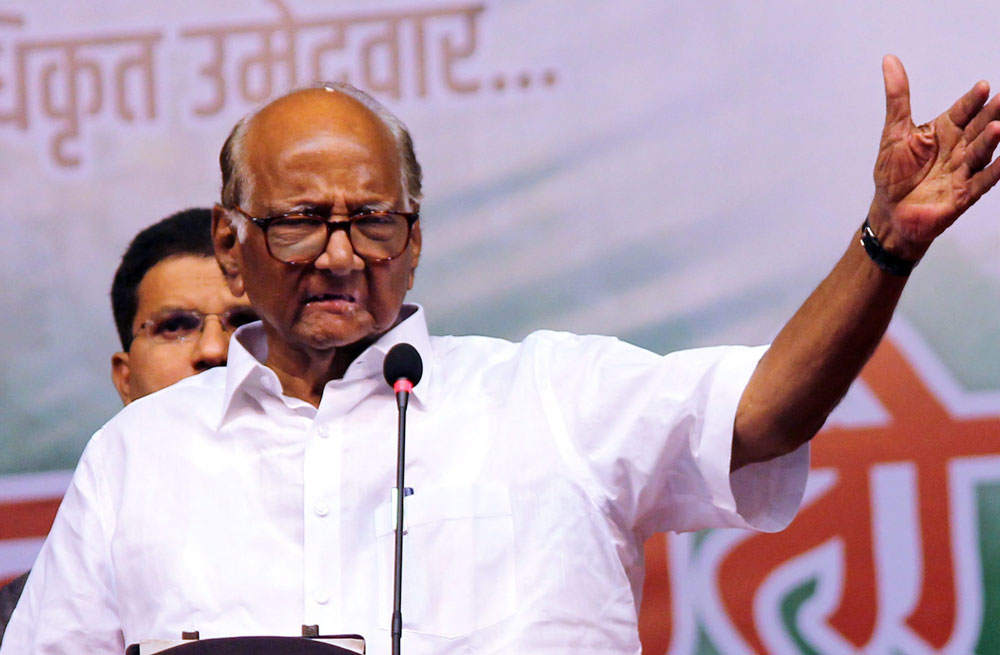By C. Subhramanyam
The countdown for the 2024 Lok Sabha elections has begun, and the opposition parties are yet to finalize their prime ministerial candidate. The INDIA bloc, a coalition of 28 regional and national parties, is facing a dilemma: to project or not to project a PM face?
Some leaders of the alliance, such as Mamata Banerjee and Arvind Kejriwal, have backed the Congress party president Mallikarjun Kharge as the PM candidate. They believe that Kharge, a veteran politician and a Dalit leader, can appeal to a wide range of voters and unify the diverse coalition.
They also argue that projecting a PM face will give the alliance a clear edge over the ruling BJP-led NDA, which is likely to field Narendra Modi as its PM candidate for the third time.
However, Nitish Kumar and Tejashwi Yadav, have opposed Kharge’s name. They contend that Kharge lacks the charisma and the popularity to take on Modi, who enjoys a high approval rating and a loyal fan base. They fear that projecting Kharge as the PM face will alienate the non-Congress voters and the regional parties, who may feel sidelined and ignored by the dominant Congress.
They, therefore, suggest that the alliance should follow the example of the 1977 elections, when the Janata Party did not project a PM face and still managed to defeat the Congress and form the first non-Congress government in India.
The 1977 elections are often cited by the veteran politician and NCP president Sharad Pawar, who is seen as the chief architect of the INDIA bloc. Pawar said that there are “no consequences if a face is not projected” and that the people will decide the PM if they are in the mood for change. Pawar, who himself has been a PM aspirant in the past, has maintained a neutral stance on the PM candidate issue, saying that it is a matter to be decided after the elections.
But is the comparison between the 1977 and the 2024 elections valid? The political and social contexts are vastly different. The 1977 elections were held in the aftermath of the Emergency. The Janata Party, a broad coalition of various parties and leaders, emerged as a viable alternative to the Congress, and rode on the wave of anti-incumbency and public anger. The Janata Party did not need a PM face, as the people were voting against the Congress, not for the Janata Party.
The 2024 elections, on the other hand, are being held in a time when the BJP and Modi are firmly entrenched in power, having won two consecutive terms with a thumping majority. The BJP has a strong organizational network, a loyal voter base, and a massive propaganda machinery.
The BJP also has a clear ideological agenda, which appeals to a large section of the society. The INDIA bloc, on the contrary, is a coalition of diverse and often conflicting parties and leaders, who have come together on the basis of their common opposition to the BJP.
The INDIA bloc does not have a coherent vision, a common agenda, or a unified leadership. The INDIA bloc needs a PM face, as the people are not voting against the BJP, but for the INDIA bloc.
The INDIA bloc’s dilemma is not an easy one to resolve, as it involves the clash of egos, ambitions, and interests of various parties and leaders. The alliance has to strike a delicate balance between the national and the regional aspirations, the caste and the class equations, and the secular and the communal narratives.
The alliance has to decide whether projecting a PM face will help or hurt its chances of winning the 2024 elections. The alliance has to choose between the risk of losing the voters’ trust and the opportunity of gaining the voters’ confidence.
The INDIA bloc’s decision will have a significant impact on the outcome of the 2024 elections, which are expected to be a close contest between the BJP-led NDA and the INDIA bloc. The elections will also determine the future of India’s democracy, which is facing multiple challenges and threats from various quarters. The elections will be a test of the people’s will, the parties’ wisdom, and the nation’s destiny.



